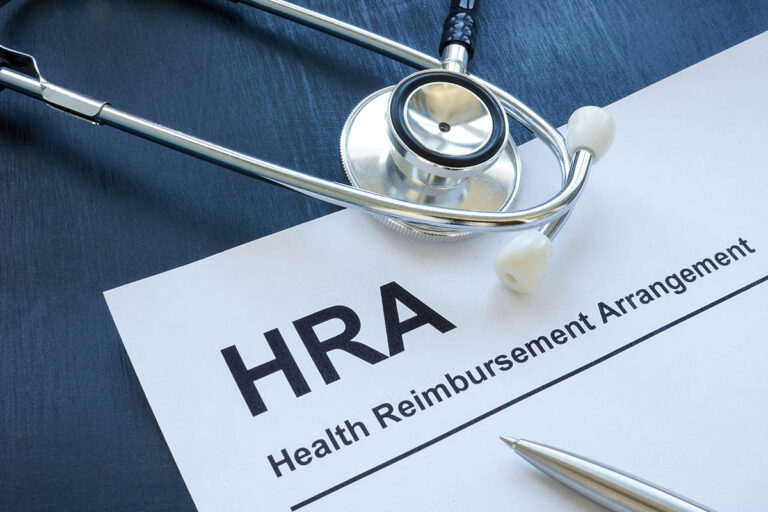An employee assistance program (EAP) is an important part of your employee benefits package, but choosing the right EAP isn’t easy. These programs, originally designed to provide short-term administrative support and mental healthcare for employees in crisis, are still often pigeonholed as an emergency service even though the industry has undergone big changes over the last decade. In this competitive recruiting landscape, choosing the right EAP can make a big difference for your organization.
Vendors and options have since expanded to include a variety of highly desired benefits, easy-to-use platforms and more, all at affordable rates. However, the EAP’s legacy of relatively low utilization rates can make them difficult to justify with those holding the purse strings. Here are our tips as you get started.
- Ask Your Employees the Right Questions
When shopping for an EAP, it’s important to consider employee knowledge gaps that might be impacting your utilization rate.
Because EAP benefits are traditionally used in times of crisis, many employers forget to make them a part of regular employee communications. This creates an employee knowledge gap that diminishes utilization and can negatively impact employee satisfaction with or awareness of the EAP program itself.
A company town hall or survey to get more information on your employees’ needs and desires can be helpful as you get started.
Once you’ve asked the right questions, it’s important to start laying the groundwork for an education campaign. After all, the key to overcoming the EAP knowledge gap and boosting utilization is to communicate early and often. This is especially important for organizations that cover all employees—and even dependents—under the EAP, including those not connected to the health plan.
- Know Your Options
It’s important to understand the breadth of programs available, and to be able to compare those options head-to-head with your current benefits plan.
For example, if you have built a holistic plan that brings together mental health, well-being and financial wellness through highly rated voluntary vendors, you might choose a basic EAP. But if you don’t already offer holistic benefits, a comprehensive EAP might bring you closer to the finish line.
A comprehensive EAP can offer everything from will and estate planning to assistance with eldercare, childcare or finding a mental health professional. Top-rated EAP programs may also include a proprietary platform with integrations that work with your health insurance carrier and voluntary benefit vendors to keep a log of all the coverages available to each employee, helping them make the most of their benefits in a time of need.
Some ancillary insurance carriers, like life and disability, may offer a free EAP program when an employer has an employer-paid line of coverage. However, it’s important to note that these plans are often the most basic—they are not meant to be the sole source of mental healthcare benefits for your organization but are helpful in providing relief in an emergency. They will also lack technological integrations that make benefits with different vendors easier to administer.
- Run the Numbers
EAPs are an affordable way to protect and support your employees in a time of need. Some comprehensive offerings are as little as $1.00 per employee per month, compared to medical benefits that can be 30 times that cost.
However, anytime you make an investment it’s important to calculate your potential return.
When calculating your EAP’s ROI, remember that employees tend to engage with these programs in waves. For example, if a hurricane or other natural disaster hits one of your offices, it’s safe to assume that large numbers of people from that office will engage. During the early days of the COVID-19 pandemic, we also saw unprecedented engagement with EAP plans.
If that EAP keeps one employee out of a crisis resulting in lost productivity, turnover and a recruiting process, it likely already paid for itself.
Once you’ve chosen the right EAP, communication is everything.
Many employees report being unaware of their benefits—especially when it comes to programs that cover employees and dependents who do not participate in your health insurance plan.
It’s best to tie EAP education into broad, town hall-type communications because people who need resources and support are often overwhelmed in the moment of need, and therefore, don’t ask for them. Instead, creating a base of knowledge will ensure they know what to do when necessary.
Your employee benefits consultant should always be available to assist with plan selection, communication and administration. They will invite you to consider your EAP as a general wellness resource with a three-pronged approach: mental, physical and financial wellbeing.





